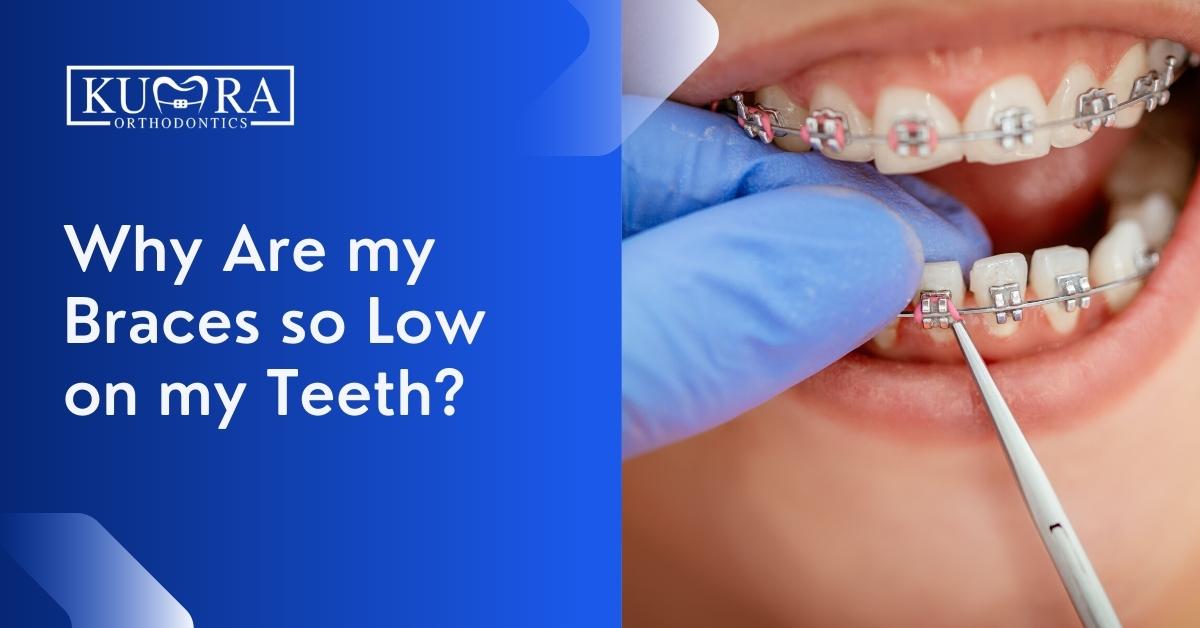What Sets Cumming Braces and Aligners Besides Various Other Orthodontic Treatments
What Sets Cumming Braces and Aligners Besides Various Other Orthodontic Treatments
Blog Article
Comprehensive Guide to Orthodontics Treatments for Fixing Dental Imbalances
In the realm of orthodontics, the journey to accomplishing a perfectly straightened smile involves a myriad of procedures customized to correct oral imbalances. From conventional braces to unnoticeable aligners and even surgical choices, the area of orthodontics supplies a series of solutions to deal with differing levels of oral abnormalities. Understanding the details of each treatment, including their systems, advantages, and possible downsides, is essential in making notified choices regarding one's orthodontic therapy. As we browse via the thorough overview to orthodontic procedures for dealing with oral misalignments, the complex information of each approach will unravel, losing light on the course towards a functional and unified oral positioning.
Orthodontic Procedures Introduction

Regular modifications and surveillance are crucial components of orthodontic treatment to guarantee development is on track and to make any kind of essential modifications along the way. By undergoing orthodontic treatments, clients can not only accomplish a straighter grin however likewise boost their overall oral health and wellness and feature.
Standard Dental Braces: Exactly How They Function
When considering orthodontic therapies for oral misalignments, typical braces stand out as a reliable method for fixing teeth placing. Traditional dental braces are composed of braces, wires, and bands that function with each other to apply constant stress on the teeth, progressively moving them into the preferred placement.
One key element of just how traditional braces work is the process of bone makeover. As stress is put on the teeth through the braces, the bone surrounding the teeth is improved to support the brand-new tooth positions. This makeover is crucial for the long-term security of the corrected positioning. Patients will certainly require regular changes at the orthodontist's office to guarantee the braces remain to use the right pressure for effective teeth movement.
Invisible Aligners: Cons and pros
Invisible aligners supply a very discreet and practical alternative to traditional braces for correcting dental misalignments. These clear, tailor-made trays are essentially undetectable when used, making them an appealing option for people looking for a much more aesthetically pleasing orthodontic treatment. Among the main advantages of unnoticeable aligners is their removability, enabling much easier upkeep of oral health contrasted to conventional braces. Individuals can eliminate the aligners before consuming or brushing their teeth, reducing the danger of food getting stuck in the home appliance and simplifying the cleaning process.

Surgical Orthodontic Options
Surgical treatments in orthodontics existing feasible alternatives for resolving intricate oral imbalances that might not be properly dealt with through conventional orthodontic treatments. While invisible aligners and traditional dental braces can correct lots of orthodontic concerns, specific cases need medical intervention to achieve optimal outcomes. Surgical orthodontic alternatives are typically recommended for serious malocclusions, considerable jaw sites inconsistencies, and situations where the underlying bone structure requires alteration to accomplish proper alignment.
One usual medical orthodontic procedure is orthognathic surgery, which entails repositioning the jaws to correct practical issues such as trouble talking or chewing. This surgery is usually done in partnership with an orthodontist that helps align the teeth prior to and after the procedure. Surgical orthodontics might likewise include procedures to reveal impacted teeth, get rid of excess gum tissue, or reshape the jawbone to develop an extra harmonious face account.
Prior to considering medical orthodontic alternatives, clients undertake a thorough evaluation to figure out the requirement and prospective advantages of such interventions. cumming invisalign. While surgical treatment may seem daunting, it can substantially improve both the function and appearances of the smile in situations where traditional orthodontic treatments fail
Retainers and Post-Treatment Care

Failing to abide with post-treatment treatment directions can result in relapse, where the teeth slowly move back towards their original placements. Regular retainer wear, excellent dental hygiene, and normal oral exams are crucial for keeping the outcomes accomplished through orthodontic surgery and ensuring the lasting stability of the corrected dental alignment.
Verdict
In verdict, orthodontic treatments provide various alternatives for fixing oral misalignments. Conventional dental braces make use of metal braces and cables to move teeth into appropriate alignment. Invisible aligners give an even more discreet choice however may not appropriate for all situations. Surgical orthodontic alternatives are readily available for much more severe misalignments. Retainers are typically used post-treatment to maintain the brand-new placement. Generally, orthodontic procedures can properly enhance oral health and aesthetic look.
As we browse through the extensive overview to orthodontic procedures for remedying oral misalignments, the complex information of each technique will certainly unfold, shedding light on the course towards great post to read a useful and harmonious oral positioning. - cumming aligners
One of the most usual orthodontic therapies is the use of dental braces, which are composed of metal brackets and wires that use mild pressure to slowly shift teeth into the wanted placement.When considering orthodontic therapies for dental misalignments, standard dental braces stand out as a time-tested approach for fixing teeth placing. In addition, invisible aligners may not be appropriate for intricate orthodontic concerns that call for even more substantial teeth movement, as they are usually suggested for moderate to modest instances. Retainers are custom-made orthodontic devices designed to hold teeth in their fixed settings after the completion of orthodontic treatment.
Report this page